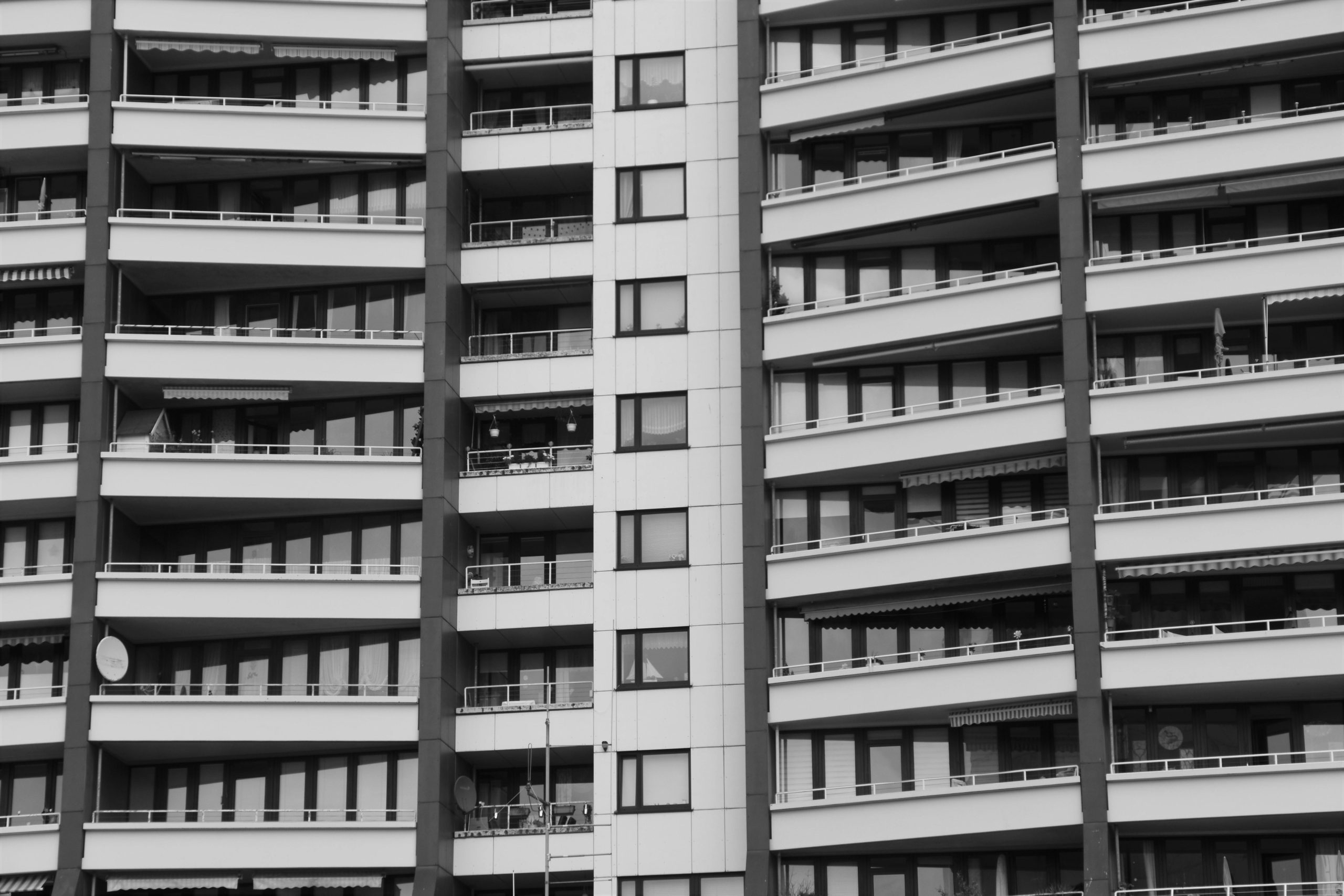The Future of Urban Planning and Housing Density
The world’s population is rapidly urbanizing, with more than half of all people now living in cities. As urban areas continue to grow, so too does the demand for housing. However, with limited space and resources, urban planners are faced with the challenging task of balancing housing density with livability. In this article, we will explore the future of urban planning and how it will impact housing density.
The Current State of Urban Planning and Housing Density
For many years, the trend in urban planning has been to focus on increasing housing density in order to accommodate the growing population. In theory, this would create more affordable housing options and reduce the need for urban sprawl. However, this approach has its drawbacks. High-density developments often lack green space, are prone to overcrowding, and may ultimately decrease the quality of life for residents.
The Impact of COVID-19
The COVID-19 pandemic has highlighted the flaws in the high-density model of urban planning. As cities around the world went into lockdown, people were forced to spend more time in their homes. This resulted in a newfound appreciation for green spaces and the need for adequate living space. It also exposed the vulnerabilities of high-density living, with outbreaks of the virus occurring in overcrowded apartment buildings.
The Future of Urban Planning
The lessons learned from the pandemic have prompted urban planners to rethink their approach. The focus is now shifting towards creating cities that are more livable and resilient. This involves balancing housing density with access to green spaces, amenities, and efficient public transportation.
Sustainability and Smart Growth
With climate change becoming an ever-increasing concern, there is a growing emphasis on sustainable development. This includes incorporating green building practices, renewable energy sources, and green spaces into urban planning. Smart growth principles, such as mixed-use development and walkable neighborhoods, are also gaining traction as they promote a more sustainable and livable urban environment.
The Rise of Small Cities
As the pandemic has shown, there is a growing appeal for smaller, less densely populated cities. These cities offer a lower cost of living, access to green spaces, and a sense of community. As a result, we may see a shift towards the development of more mid-sized cities, providing an alternative to the high-density model of large urban centers.
The Impact on Housing Density
As urban planning shifts towards creating more livable and sustainable cities, the concept of housing density will also evolve. While high-density development will still have a place in urban planning, it will likely be combined with other forms of development to create a more diverse and balanced housing market.
The Importance of Mixed-Income Housing
In the past, high-density developments have often been associated with low-income housing. However, the future of urban planning will see a push towards mixed-income developments, where people from all socio-economic backgrounds can live together. This not only creates a more diverse and inclusive community, but it also helps to reduce the stigma surrounding high-density housing.
The Role of Technology
The rise of technology is also having a significant impact on urban planning and housing density. With the increase in remote work, the need for a long commute is lessening, making it possible for people to live further away from urban centers. This may lead to a more dispersed population and a decrease in the demand for high-density housing.
The Future is Urban
Despite the challenges and changes facing urban planning and housing density, one thing is clear – the future is urban. As populations continue to grow, there will be a need for innovative and sustainable solutions to accommodate this growth. By striking a balance between housing density and livability, we can create cities that are not only functional but also enjoyable places to live.
In Conclusion
The future of urban planning and housing density is constantly evolving. While the focus for many years has been on high-density development, the lessons learned from the pandemic have shifted the focus towards creating more livable and sustainable cities. This will require collaboration between urban planners, developers, and communities to strike a balance between housing density and quality of life. By embracing innovative solutions and incorporating technology, we can create a future where urban living is not only necessary but also desirable.











